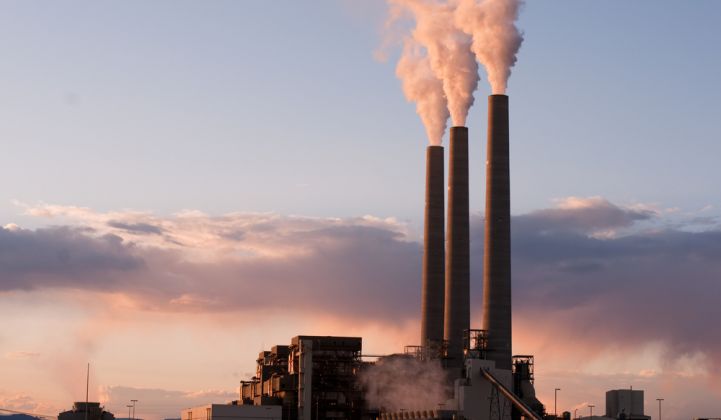About a year ago President Trump signed a major executive order primarily designed to rescue coal from its long-term decline, as he promised to do throughout the 2016 campaign. Most commentators, myself included, were skeptical (to put it lightly) that Trump could uphold his promise, as coal’s decline was due to several factors beyond even the president’s control, including displacement by fracking and diminished Chinese demand for “metallurgical” coal.
However, US coal production in 2017 did in fact increase by 6 percent year-on-year from 2016, from 728 million tons to 733 million. Montana production ticked up by 5 percent. Were all the analysts wrong? Has Trump in fact rescued coal? While the increase may be a moderate surprise, Trump in all likelihood does not deserve the credit. The main reason for the increase is thought to be broad economic factors and one-off events unrelated to American policy.
A number of factors converged to make 2016 a particularly bad year for coal production. First, three of the largest coal companies temporarily filed for bankruptcy in 2016, but began operating normally again in 2017. Second, the price of natural gas, coal’s primary competitor, bottomed out in 2016 but rebounded in 2017. Third, Chinese demand for metallurgical coal from the United States spiked due to a cyclone shutting down railways in Australia, which is China’s other main coal supplier. Montana producers in particular were buoyed by higher demand in Asian markets.
But these one-off events that caused especially low production in 2016 and a recovery in 2017 are likely to be little more than random fluctuations in the course of a long-run downward trend, as gas and renewables continue to crowd out coal. However, the coal industry may be about to get some more help from the federal government, albeit in a much stealthier way than Trump’s executive order.
This new development has to do with federal and state regulation of regional electricity markets. These markets are fiendishly complex, but I will try to summarize what’s going on as briefly as I can. America’s regional electricity markets are overseen by government entities called Independent System Operators (ISOs) that ensure reliable supply. Several of the bigger ISOs also run “capacity markets”, in which power plants submit bids to provide not electricity but availability. In other words, they keep the plant operative and ready to provide power in case the regular electricity market encounters a shortage.
Coal and gas companies have complained that they face unfair competition from renewable sources in these markets due to state-level renewable subsidies. A recent ruling by the Federal Energy Regulatory Commission (FERC) suggests that it agrees. The ruling opens the door for FERC to require that renewable energy companies in capacity markets thought to be receiving state subsidies will be subject to a “minimum offer price rule”, which is a regulatory minimum bid typically over and above what subsidized renewable companies are offering (the minimum offer price rule was originally established to prevent unfair competition in a much different context having nothing to do with renewables). If you want all of the gory details, they are here.
The takeaway is that the FERC seems likely to give coal and gas a leg up in its competition against renewables. How many markets this will affect and what impact it will have is too hard to say right now, but this move may at least slow the downward trajectory of coal.

